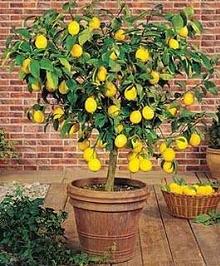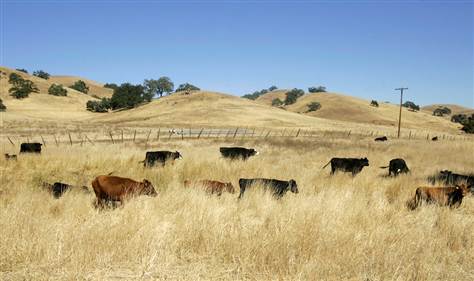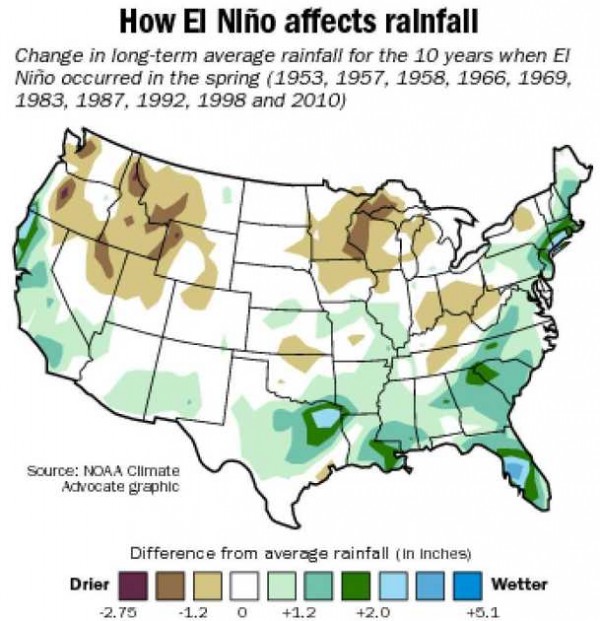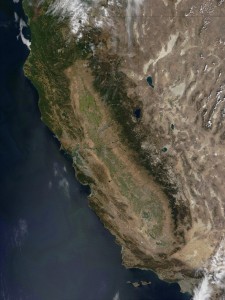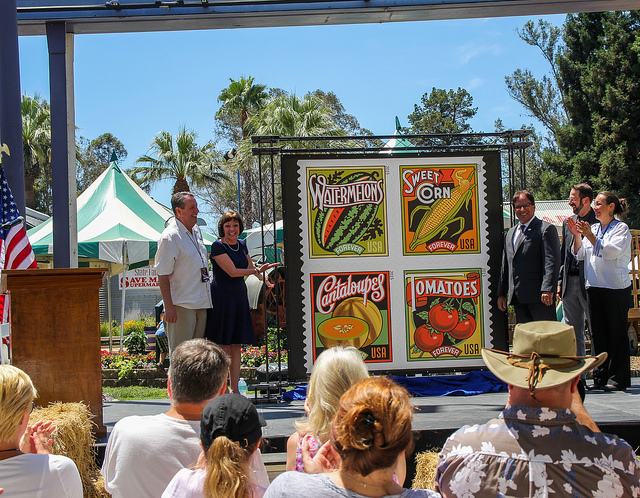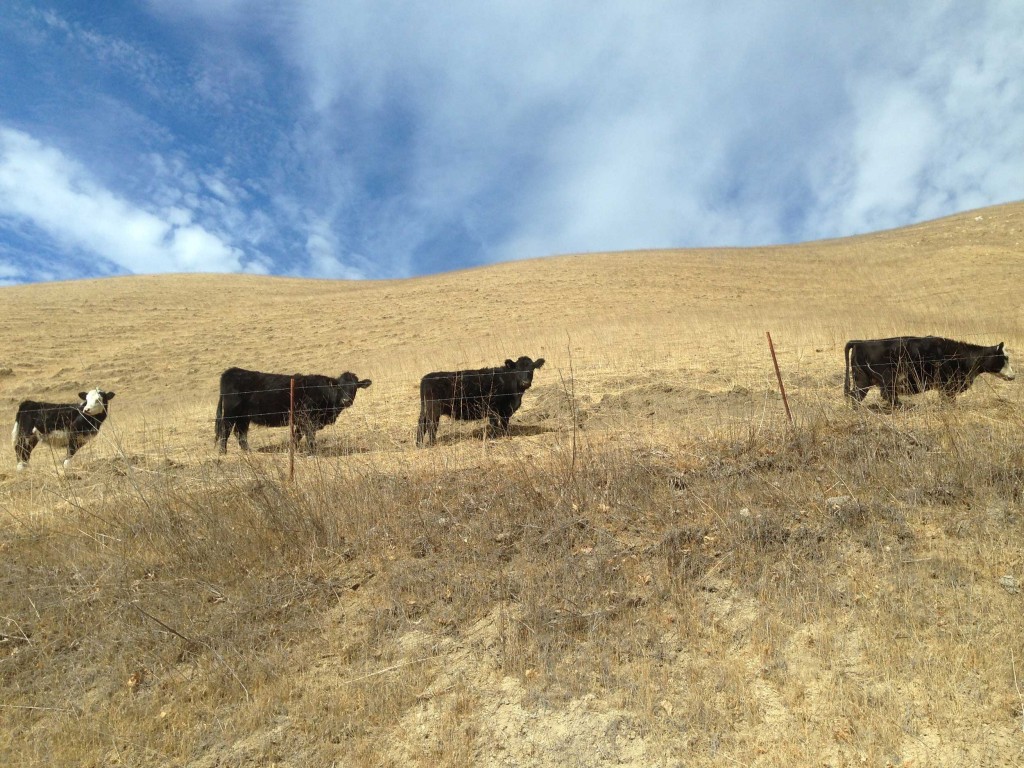By Kurt Floren
If you enjoy fresh, homegrown citrus fruit from your yard or California-grown citrus from the market, now is the time to pay attention: a deadly plant disease has been found again in our midst.
Huanglongbing, also known as HLB or citrus greening disease, was confirmed in multiple citrus trees in San Gabriel earlier this month. This is the second time the disease has been identified in Los Angeles County. The first time, the disease was discovered in a single tree in Hacienda Heights in 2012. Since then, California Department of Food and Agriculture crews have been canvassing the area, inspecting trees, collecting plant samples and working to identify any additional diseased trees.
Why all the concern? HLB kills citrus trees, and there is no cure. It’s not harmful to humans, but could decimate the orange, lemon, lime, mandarin and other citrus trees dotting backyard landscapes around Los Angeles County. It’s estimated more than half of our residents have a citrus tree in their yard.
California, overall, has more residential citrus trees than the total found in our commercial citrus orchards — and those are a $2 billion economic driver for our state. There’s a good chance the fresh oranges and lemons you see at the markets were grown in Riverside, Ventura, the San Joaquin Valley and other California farming communities. There are more than 22,000 jobs tied to growing citrus fruit commercially. A lot is at stake.
While our farming neighbors have a tremendous financial concern about this disease, HLB’s implications go well beyond economic. If HLB takes hold in California before researchers find a cure, it would affect all of us. We’d have to rely on other states or countries to supply our citrus fruit. Fruit prices could significantly rise. We could all be forced to stop saying “support your local farmer” while shopping for citrus at farmers’ markets.
HLB must not be allowed to take hold. We need to take an aggressive approach to protecting the citrus trees we all know and love. It’s a battle that must be waged by farmers in citrus groves and fought by residents in personal yards.
The disease is spread locally by a pest called the Asian citrus psyllid as it feeds on citrus leaves and stems. It’s a small, aphid-like insect and is present throughout much of the region. One way residents can protect their trees from the disease is to make sure the pest isn’t flourishing on your tree. Talk to your local nursery or garden center about products that can protect against the Asian citrus psyllid. It’s the best line of defense.
Originally discovered in Asia, HLB has since spread globally through people moving plants from one area to another — an activity that must stop if we hope to keep fresh, homegrown citrus around for future generations. Bringing citrus into the area from other states or countries puts our local landscape at risk. Similarly, now that the disease is in our area, residents shouldn’t give homegrown fruit or any plant parts (cuttings, budwood, leaves or stems, seedlings, etc.) to friends or family.
Learn to detect the disease in your tree. HLB-infected tree leaves begin to yellow in a blotchy or asymmetrical pattern. Trees begin producing bitter, hard and misshapen fruit. Fruit begins to fall off the tree before it ripens. After a few years, that tree is dead. It’s important to note that diseased trees need to be removed, roots and all. This is a critical step to protect other trees nearby from contracting the disease.
Visit CaliforniaCitrusThreat.org to see photos of HLB symptoms. Look for signs of the disease each month. If you think you’ve spotted the disease, call the County Agricultural Commissioner’s office or the California Department of Food and Agriculture hotline at 800-491-1899.
This is the biggest threat ever to face our ability to grow citrus fruit in our backyards. Those of us in agriculture take the threat seriously and will take every possible action to combat this threat, but the responsibility to protect California citrus trees falls to all of us.
Kurt Floren is the agricultural commissioner of Los Angeles County.



